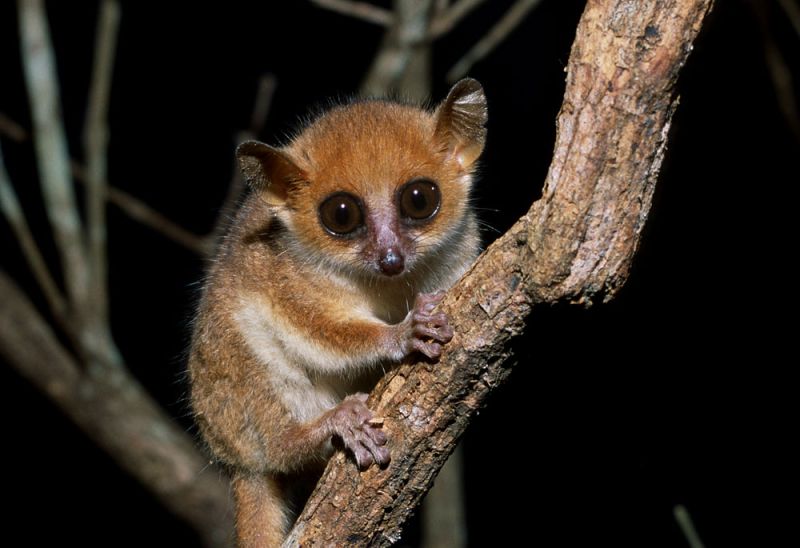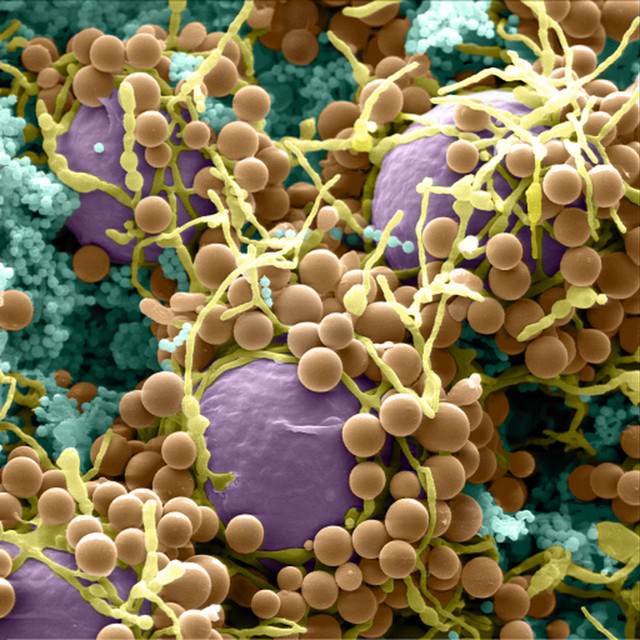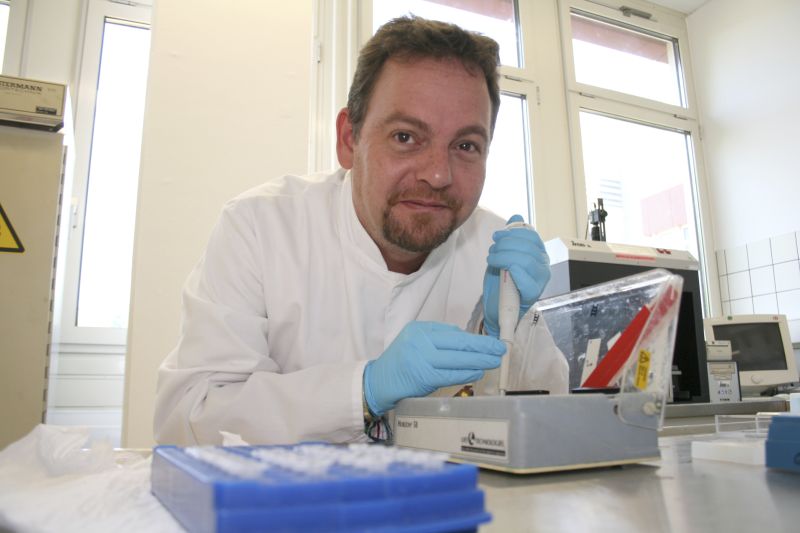Research on biodiversity must be expanded

Counting the legs of bugs, spreading butterflies, pressing plants and stuffing animals - according to a recently published statement by Leopoldina, they want to make it quite clear that this no longer corresponds to the daily routine of a taxonomist. In fact, a "technical revolution" that brings the earth within striking distance of capturing the entire biodiversity, is under way. The geneticists, Christian Roos from the German Primate Center (DPZ) and Gerhard Braus of Göttingen University are two of the Göttingen Research Campus scientists involved in the issuing of the Leopoldina statement.
In recent years, taxonomy has gained substantial significance, particularly within the fields of medicine, the food industry and agriculture. New pathogens repeatedly emerge, microorganisms are used in food production and soil microbes are essential for the success of the harvest. "The increased importance of the taxonomy is not reflected in the efforts of the research. There is too little funding and a lack of competent researchers. With the release of this statement, we hope that taxonomic research in Germany gets a fresh boost and the essential support," says Christian Roos who himself has discovered and described many primate species.
"Microorganisms such as bacteria and fungi are surprisingly unknown in their biodiversity, even though the microbioms of humans, plants and animals are of enormous importance for health, nutrition and the adaptation to the environment", says Gerhard Braus, responsible for microorganisms in the statement of Leopoldina. "An integrative taxonomy, which includes methods such as genomic or proteomic analysis, opens new possibilities for the life sciences in the next few decades." With the help of so-called "OMICS" technologies, molecular biological data can be fully captured within a short period of time. The term derives from the common suffix of the individual technologies, such as GenOMICS (study of genetic information of organisms), TranskriptOMICS (study of RNA molecules) and ProteOMICS (study of proteins).
In addition to financial aid for research and teaching for combined taxonomy and "OMICS" projects, the Leopoldina strongly recommends the establishment of a research project to describe all the species of Central Europe and the creation of a central infrastructure to digitalize and store taxonomic data. The latter will also contain the vast data resources of different research museums and collections.



